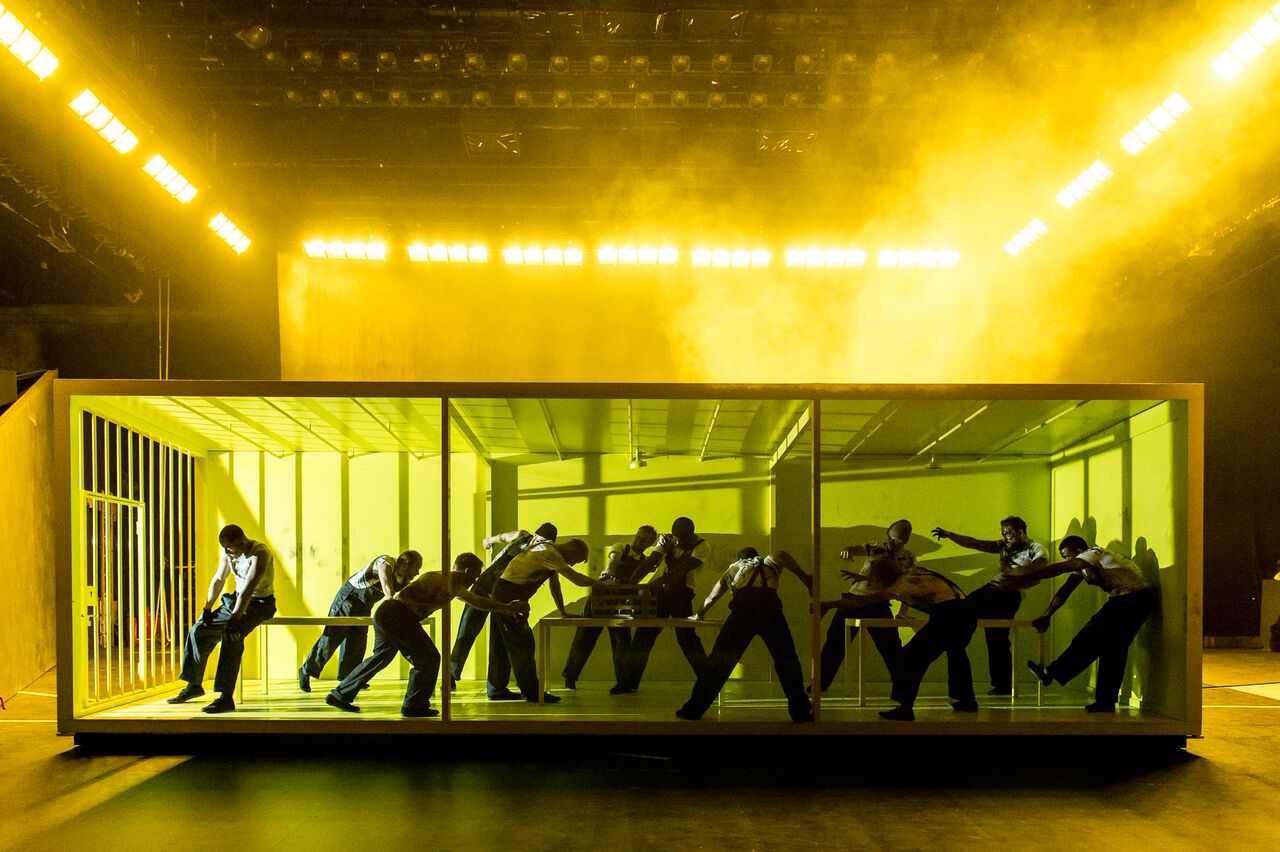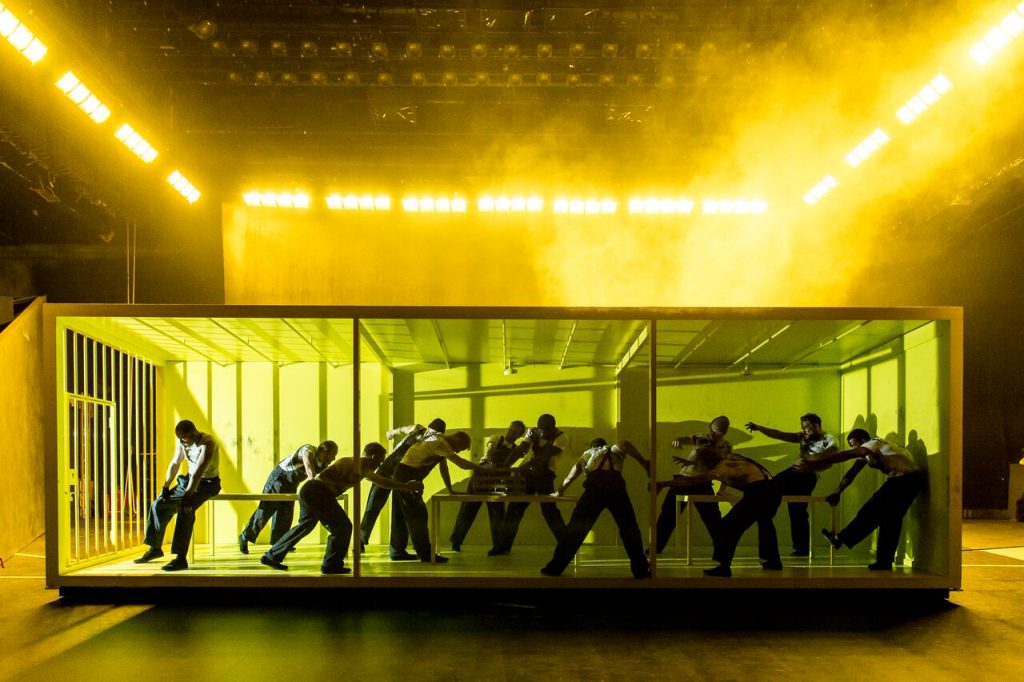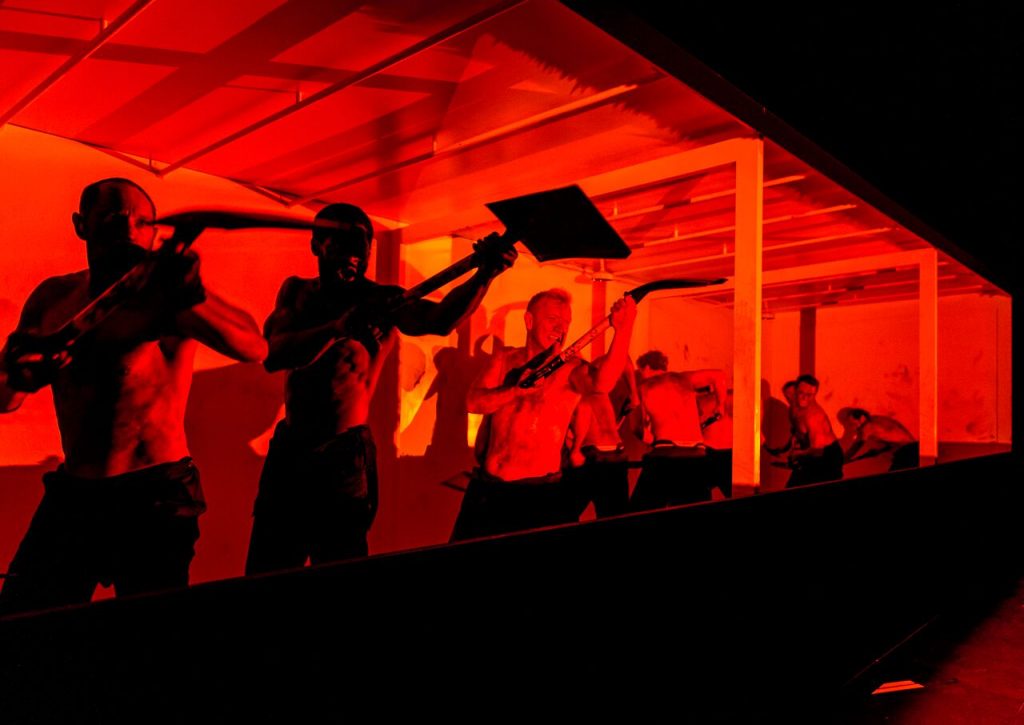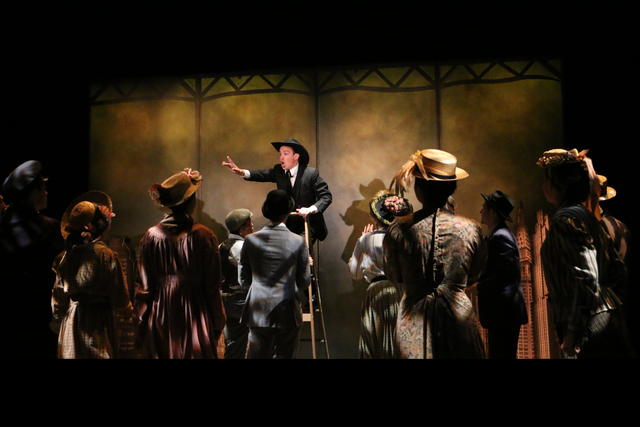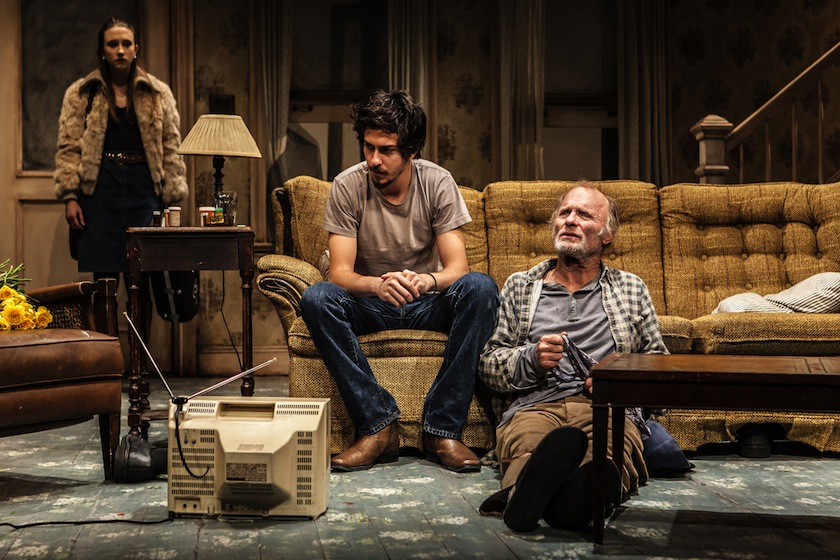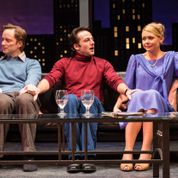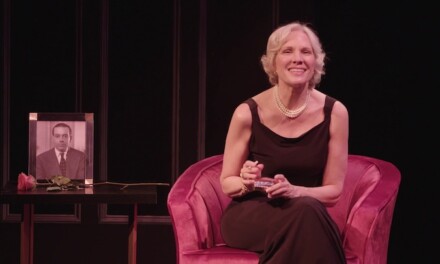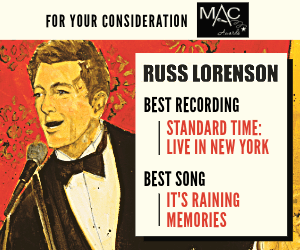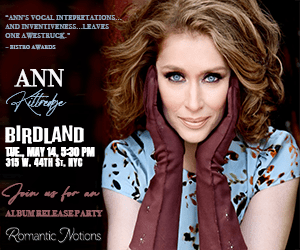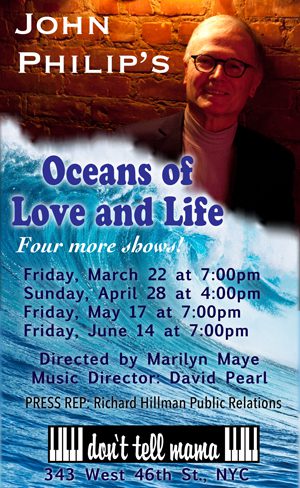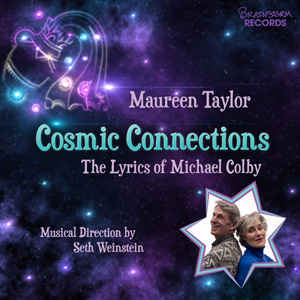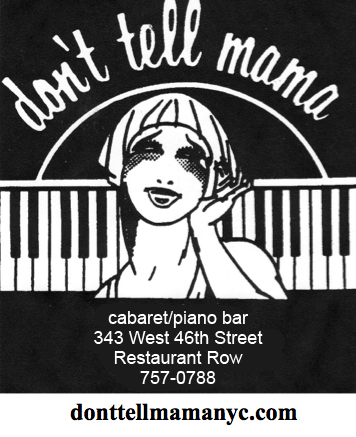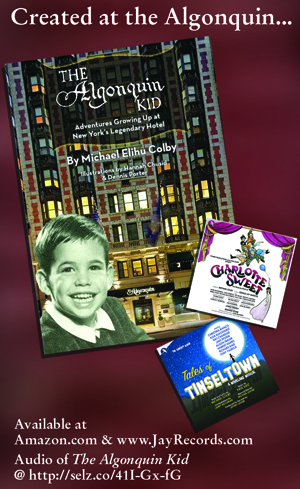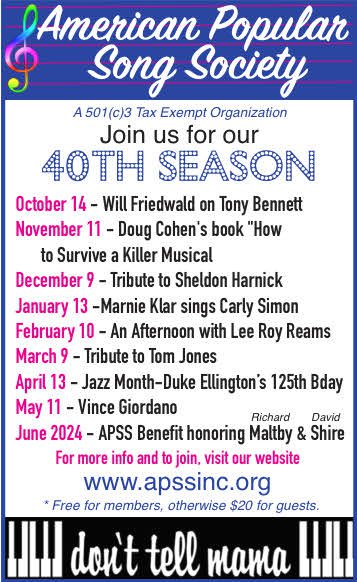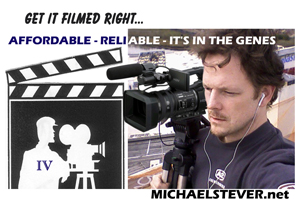by Carol Rocamora
Rarely does a production explode upon the theatre scene like Eugene O’Neill’s The Hairy Ape, now receiving an extraordinary revival at the Park Avenue Armory.
O’Neill’s visionary play of the industrial world and its dehumanizing influences was a sensation when it opened in New York at the Provincetown Playhouse in 1922. Its blend of European expressionism and “super-naturalism” (O’Neill’s term) was unique in American theatre, and O’Neill’s producer Kenneth Macgowan described it as a play that “leaps out at you from the future.”
If only that producer could see what director Richard Jones has done with the play today! Capitalizing on the cavernous size of the Armory’s 55,000 square foot Drill Hall, Jones and his brilliant designer Stewart Laing have placed the 800-seat audience on neon-yellow bleacher seats in the center, and surrounded them with an industrial conveyer belt (the largest turntable in New York theatre history) upon which set elements of the play’s eight scenes rotate. It’s a sensational set, bringing an appropriately gargantuan scale to O’Neill’s tragic tale of Yank, a lowly laborer who crosses the Atlantic in the boiler room of an ocean liner and arrives in the New York harbor at the height of the Roaring Twenties.
We first see Yank (the charismatic Bobby Cannavale) and his fellow laborers in the ship’s stokehold, represented by a huge cage-like steel structure painted a blinding yellow (to match the audiences’ seats). As the cage rotates on the conveyor belt, you see a dozen overall-clad, soot-covered men, frozen in a moment of their storm-tossed voyage, their arms outstretched, seemingly suspended in air. It’s a stunning image, one of many under Jones’s expressionistic director. Breaking their freeze, these twelve angry men toil away, bemoaning their wretched conditions. “We’re caged in by steel from the sight of the sky, like apes,” wails Paddy, an older laborer (David Costabile). But Yank urges them on. “It take as a man to work in hell!” he cries with pride. Yank knows who he is – at least he thinks he does.
But Yank’s world is instantly shattered by a visit to the stokehold from Mildred (Catherine Combs), an industrialist’s daughter (and owner of the boat) who wants to know “how the other half lives.” The terrible screeching sounds of the conveyor belt can’t drown out her cry of horror as she sees Yank in his cage. “Filthy beast!” she screams, fainting at the sight of him and the others. “That’s how she looked at me – a hairy ape,” says the enraged Yank, vowing to take revenge on the industrial world and its cruel class system.
One scene after another brings stunning visual images on the revolving conveyor belt – like DOUGLAS STEEL, the 14-foot-high block letters that spell Mildred’s father’s business, and NYC, the harbor where the ship docks. Above, the lights (designed by Mimi Jordan Sherin) reveal the massive western wall of the Drill Hall’s interior, representing Fifth Avenue. Below, a parade of masked “rich people” in formal dress and bright yellow shoes cross the hall floor. The setting is vast, and the spectacle is breathtaking.
“Where do I fit in?” cries Yank, bewildered, as he walks the conveyor belt from scene to alienating scene, past shops with signs saying “JEWELRY” and “FUR,” and into a communist book shop painted blinding white and red, where he’s also rejected.
“I couldn’t get in, I couldn’t belong, I got no past and nothin’ coming,” cries Yank as he reaches his ultimate destination – the zoo, where he seeks out his soul mate, a huge black ape (played with frightening authenticity by Phil Hall) in a bright yellow cage like the one he arrived in on that doomed boat.
This special combination of directorial vision, design brilliance, choreography (Aletta Collins), star power (Cannavale), and seamless ensemble work has brought forth a unique revival – set in the same shining city that symbolizes both Yank’s unreachable dreams and ultimate demise. The stunning images evoked here will long be remembered, as blinding as that lurid yellow representing O’Neill’s view of hell in the industrial age, whose social injustices are still with us today.
Eugene O’Neill’s The Hairy Ape, directed by Richard Jones, at the Park Avenue Armory , playing through April 22.
Photos: Manuel Harlan


